The neighborhood of Harlem in New York City is home to many great things – Norman Rockwell, the Harlem Shake, Duke Ellington and consequently jazz, chicken n’ waffles, and most importantly, the Harlem Renaissance.
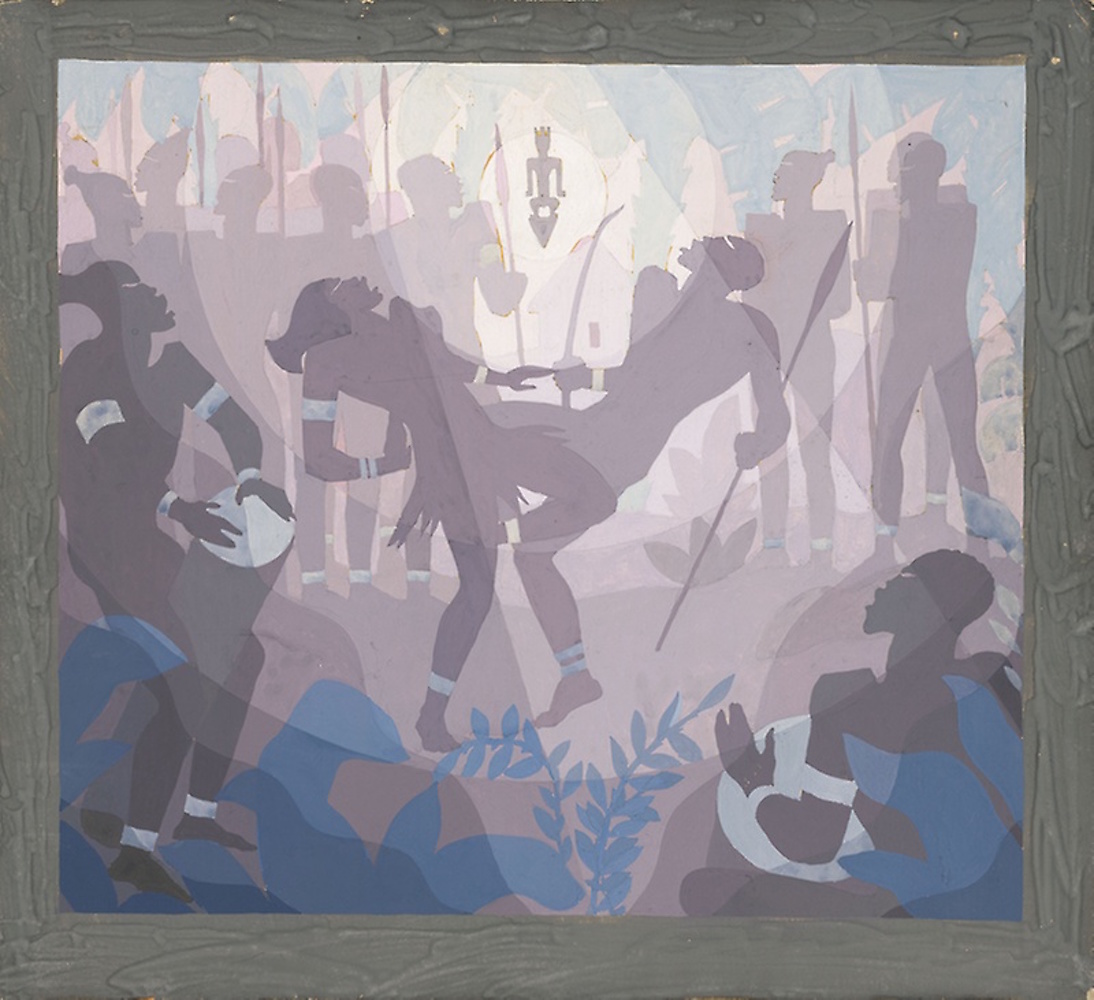
Study for Aspects of Negro Life: The Negro in an African Setting by Aaron Douglas
The Harlem Renaissance, a result of the Great Migration of African Americans in the early 1900s to Harlem, Manhattan in search of job opportunities, was an artistic and cultural boom, the likes of which this world had never seen. It started in the 1910s and lasted all the way until the stock market crash of 1929. It turns out that art suffers when no one has any money to spend on it. But it was really great while it lasted. The movers and shakers of this movement stood up for the rights of African Americans...something that was pretty much unheard of at that time. This struggle for human rights was represented in art, music, and literature alike. People like Aaron Douglas, Augusta Savage, Billie Holiday, Duke Ellington, Langston Hughes, and Zora Neale Hurston dominated the scene.
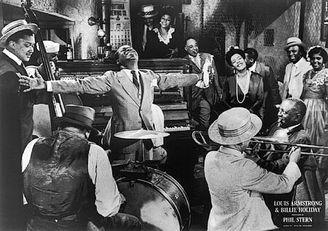
Known at the time as “The New Negro Movement,” the Harlem Renaissance was the rebirth of African American arts that would challenge the racism and stereotypes that were so ingrained in society at the time. With intellect, emotion, and innovation coming from across all genres, African Americans dominated the cultural scene of the 1920s in New York.
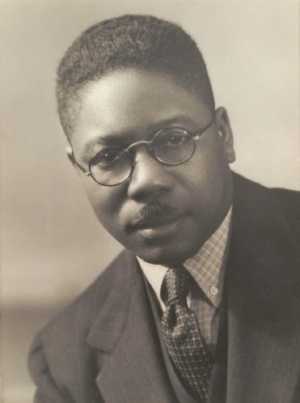
Regulation hottie Aaron Douglas via the Robinson Library
The star of Harlem Renaissance visual arts is without a doubt Aaron Douglas. “He created a singular mix of Afro-centric allegory and Modernist abstraction. His major works feature semitransparent silhouettes of black people in heroic poses representing struggle and triumph mystically overlaid by concentric, circular bands of light. Rendered in muted colors, they project visionary romanticism in a suave, Art Deco-like style.” It’s the most badass. Douglas developed his style under the mentorship of Winold Reiss, an honorary member of the Harlem Renaissance, who loved a good underdog story. Reiss painted a few people you might have heard of – Langston Hughes, Isamu Noguchi and Alain Leroy Locke.
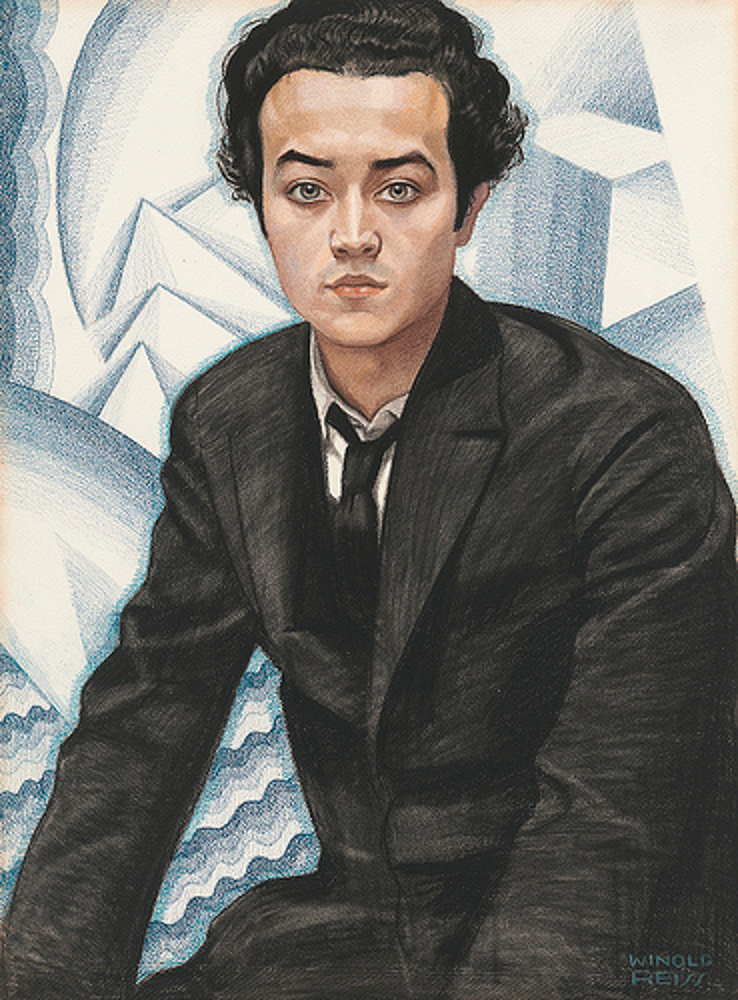
Another of the most powerful artists of the era was Jacob Lawrence. After a tumultuous childhood, Lawrence dropped out of school when he was 16 years old. He continued taking art classes and eventually fell under the wing of Augusta Savage, who got him a scholarship at the American Artists School and a job with the Works Progress Administration. By the time he was 25 years old, Lawrence had risen to fame for his 60-panel mural of the Great Migration. Even when Lawrence was drafted into the first racially integrated crew of the United States Coast Guard, he continued to paint, although the 48 paintings he created during this time have all gone fishily missing. But to make up for the loss, Lawrence created the War Series, which is self explanatory. He painted until a few weeks before his death, leaving a mark on American painting forever.
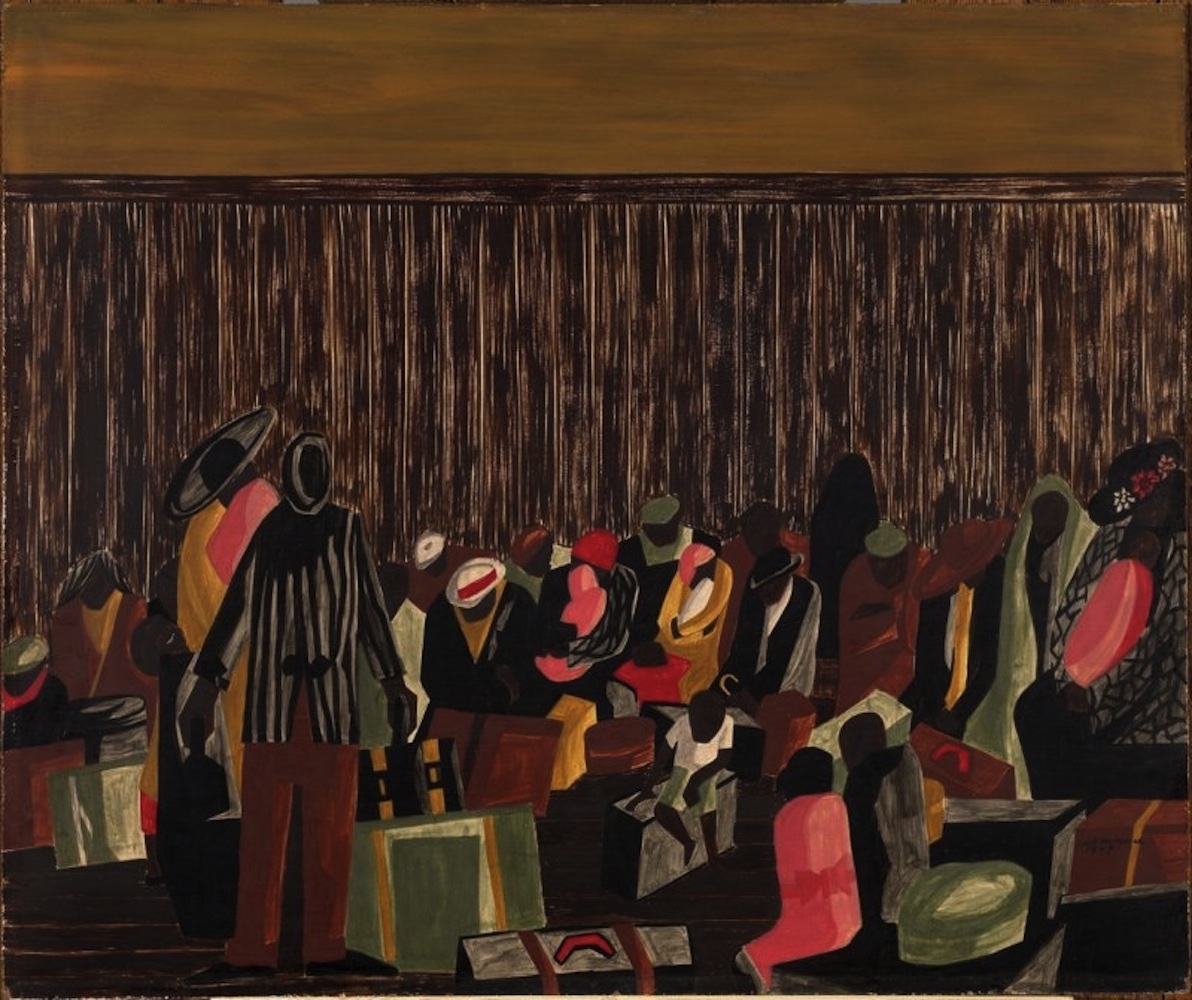
Migration by Jacob Lawrence in the de Young Museum
Another cool thing about the Harlem Renaissance was that female artists weren’t particularly swept under the rug or kept out of the sight of the public like they were during the Abstract Expressionist movement. Poor Lee Krasner. Of course they faced adversity up the yang but I guess they operated under the notion that nothing makes you want to achieve something quite like someone saying you can’t. Augusta Savage, for example, endured more hardship in her childhood alone than most do in their entire lives. Not to mention the fact that she is a double widow and was, throughout her life, constantly denied opportunities purely because she was Black. But in spite of all of this, her sculptures embodying the feelings of what it’s like for African Americans in America have made it into prestigious museums, there is a school of visual arts named after her in Baltimore, Maryland, is a Community Center named after her in her birthplace, and she was inducted into the Florida Artists Hall of Fame. Take that!
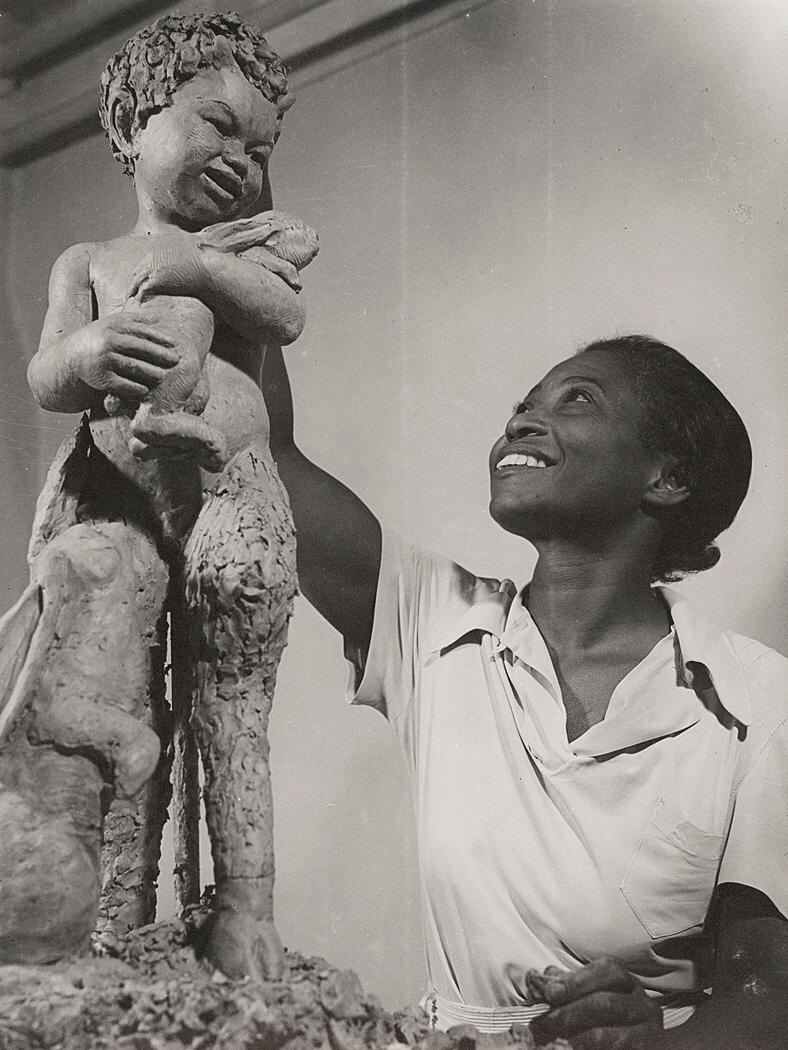
Augusta Savage
Elizabeth Catlett is another strong-willed, talented woman who wouldn’t let racism and sexism get her down. Her work experimented with a variety of media – bronze, stone, clay and wood sculptures as well as lithographs and linoleum cuts. Her only consistency was in subject matter. Her subjects were derived from African American life and often depicted a mother and child. The struggles that she faces as an artist and as a woman are explained best by Catlett herself, “No other field is closed to those who are not white and male as is the visual arts. After I decided to be an artist, the first thing I had to believe was that I, a black woman, could penetrate the art scene, and that, further, I could do so without sacrificing one iota of my blackness or my femaleness or my humanity.” And now, a little over 100 years after she was born, Catlett is still representative of a generation of people who fought the powers that be and emerged victorious. This would be the beginning of African Americans opening a space for themselves in the artistic world and fighting for long-overdue representation.
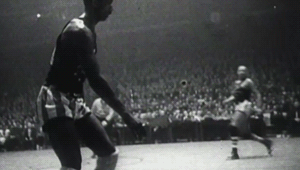
By Emily Browne
Sources
- Johnson, Ken. "Trials And Triumphs: ‘Aaron Douglas: African-American Modernist’ At The Schomburg Center For Research In Black Culture." Nytimes.com. N.p., 2008. Web. 14 Nov. 2017.
- Green, John. The Roaring 20'S: Crash Course US History #32. Crash Course, 2013. Video.
- Best, Tamara. "In ‘The New Negroes,’ Unpacking The Politics Behind A Word." Nytimes.com. N.p., 2016. Web. 14 Nov. 2017.









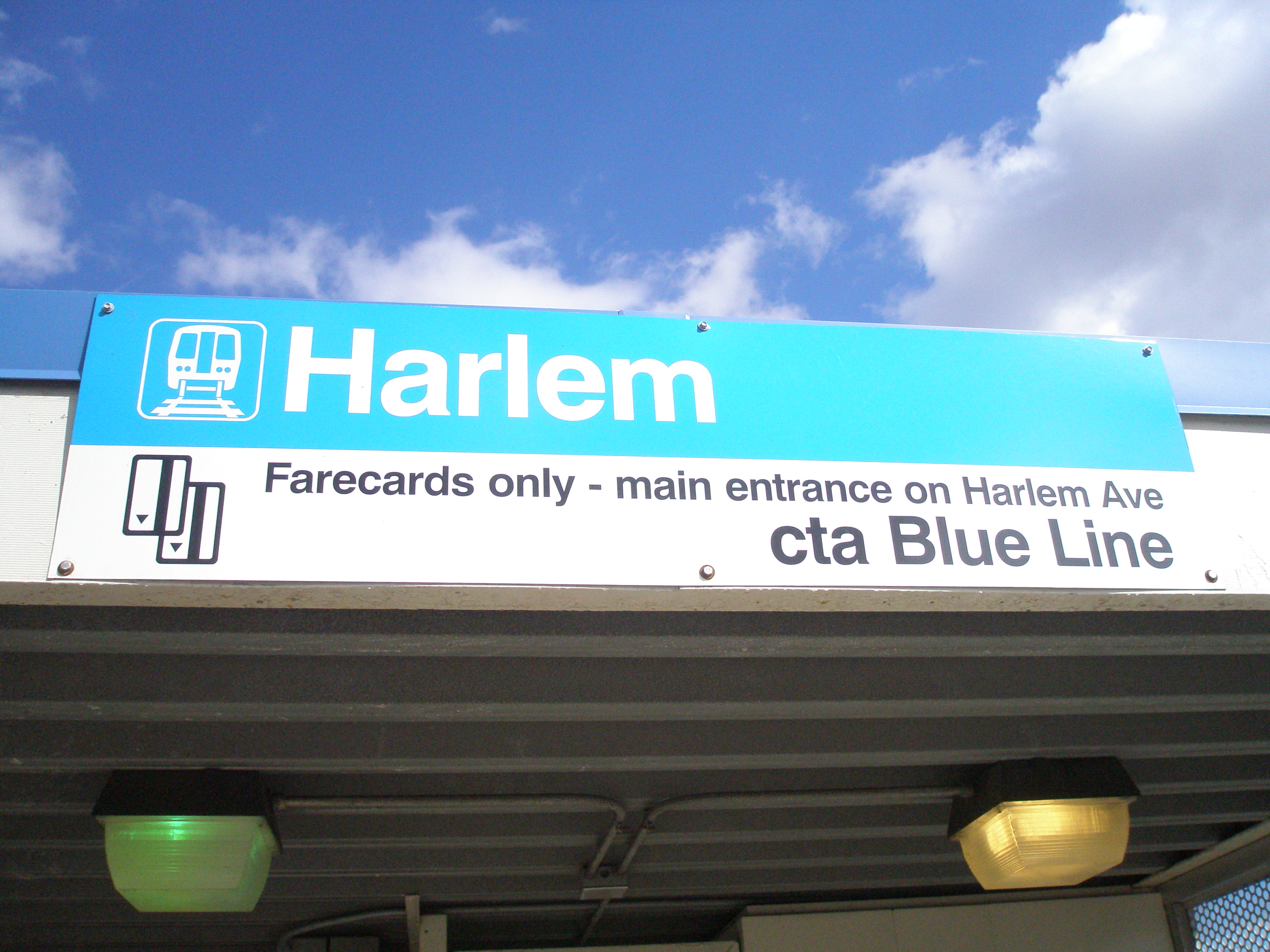

Surya Grahan Tips For Pregnant Women